Hi there, pet lovers! 🦎
If you’re searching for a unique, hardy, and fascinating reptile pet, the Giant Plated Lizard (Matobosaurus validus or Gerrhosaurus validus) might just be the perfect choice. Native to the rocky, arid regions of southern Africa, these lizards are known for their striking armor-like scales, calm demeanor, and relatively low-maintenance care requirements. Whether you’re a beginner or an experienced reptile keeper, this guide will help you decide if the Giant Plated Lizard is the right addition to your home.
Overview
The Giant Plated Lizard is a medium-sized, diurnal reptile that stands out for its robust build and unique appearance. With their overlapping, armor-like scales and calm temperament, these lizards are both visually impressive and enjoyable to handle. Here’s a quick summary of what makes them special:
- Handling and Temperament: Generally docile and easy to handle, though they can be shy initially.
- Care and Maintenance: Low-maintenance but require specific habitat conditions, including proper heat and UVB lighting.
- Health and Durability: Hardy and resilient, but sensitive to poor environmental conditions.
- Availability: Less common in the pet trade, with most individuals being wild-caught.
- Cost: Affordable to purchase, but setup costs can be moderate due to enclosure and lighting requirements.
- Overall: A rewarding pet for reptile enthusiasts who are prepared to meet their care needs.
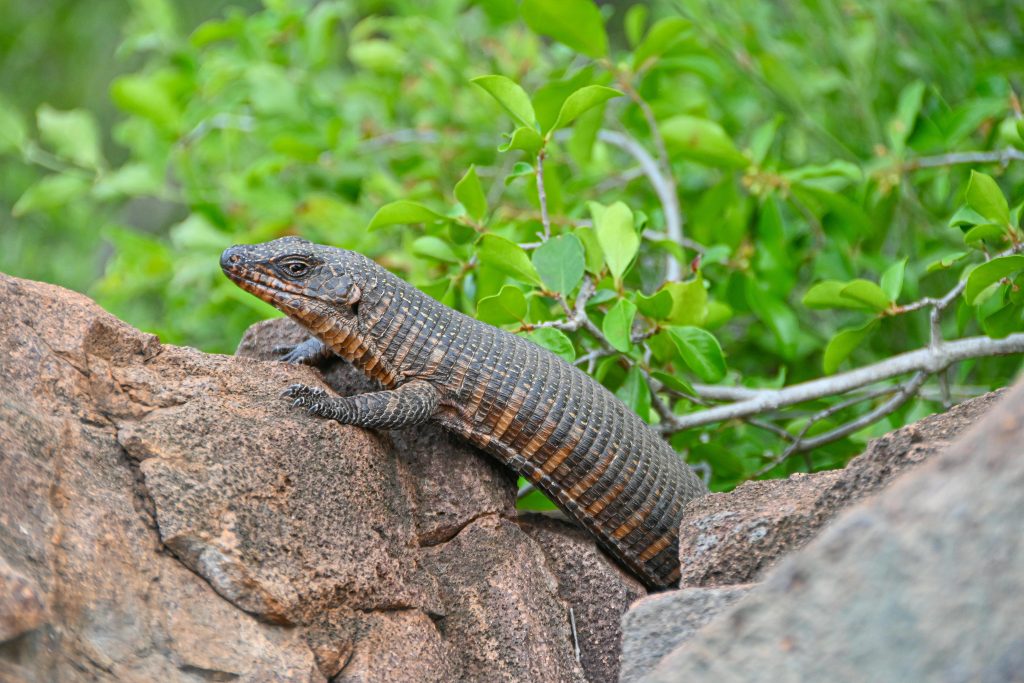
Why Choose a Giant Plated Lizard?
Giant Plated Lizards are ideal for those looking for a unique, interactive, and relatively low-maintenance reptile. Their calm temperament, striking appearance, and manageable size make them a great choice for both beginners and experienced keepers. While they do require some specific care, their hardiness and fascinating behaviors make them a rewarding companion for dedicated pet owners.
Handling and Temperament
Giant Plated Lizards are known for their docile and calm nature, making them a joy to handle once they’ve settled into their new environment. However, they can be shy initially, especially if they are wild-caught. Building trust with these lizards takes time and patience, but the effort is well worth it.
Personality Variations
- Some individuals are naturally more outgoing and curious, while others may be more reserved.
- Younger lizards or those that are captive-bred tend to adapt more quickly to handling.
Handling Tips
- Start Slowly: Allow your lizard to get used to your presence before attempting to handle them. Offer food by hand to build trust.
- Support Their Body: Always use two hands to support their body, as they can grow up to 27 inches long.
- Be Gentle: Avoid sudden movements or loud noises, as these can startle them.
Biting
- Biting: Giant Plated Lizards rarely bite, and even if they do, it’s usually a mild nip that doesn’t cause significant harm.
Overall, Giant Plated Lizards are a pleasure to handle, but their individual temperaments should always be respected.
Care and Maintenance
Giant Plated Lizards are relatively low-maintenance, but they do have specific care requirements that must be met to ensure their health and well-being.
Enclosure Setup
- Size: A 4’ x 2’ x 2’ enclosure is the minimum recommended size for one adult lizard. Larger enclosures are always better, as these lizards are active and enjoy exploring.
- Substrate: Use a mix of sand and soil or coconut coir to allow for digging and burrowing. Avoid loose substrates that could cause impaction if ingested.
- Climbing and Hiding: Provide plenty of rocks, branches, and hides to mimic their natural habitat. These lizards enjoy climbing and basking on elevated surfaces.
Humidity and Temperature
- Temperature: Maintain a basking spot of 95–100°F (35–38°C) and a cooler side of 75–80°F (24–27°C). Nighttime temperatures can drop slightly but should remain above 65°F (18°C).
- Humidity: Keep humidity levels moderate (40–60%). Mist the enclosure occasionally to provide drinking water and maintain humidity.
Feeding
- Diet: Giant Plated Lizards are omnivores and enjoy a varied diet of insects, vegetables, and occasional fruits. Offer gut-loaded crickets, dubia roaches, and mealworms as protein sources, along with leafy greens, squash, and berries.
- Supplements: Dust their food with calcium and multivitamin supplements to prevent nutritional deficiencies.
- Feeding Schedule: Feed adults 3–4 times a week, adjusting portion sizes based on their appetite.
Lighting
- UVB Lighting: Provide 10–12 hours of UVB lighting daily to support their overall health and prevent metabolic bone disease.
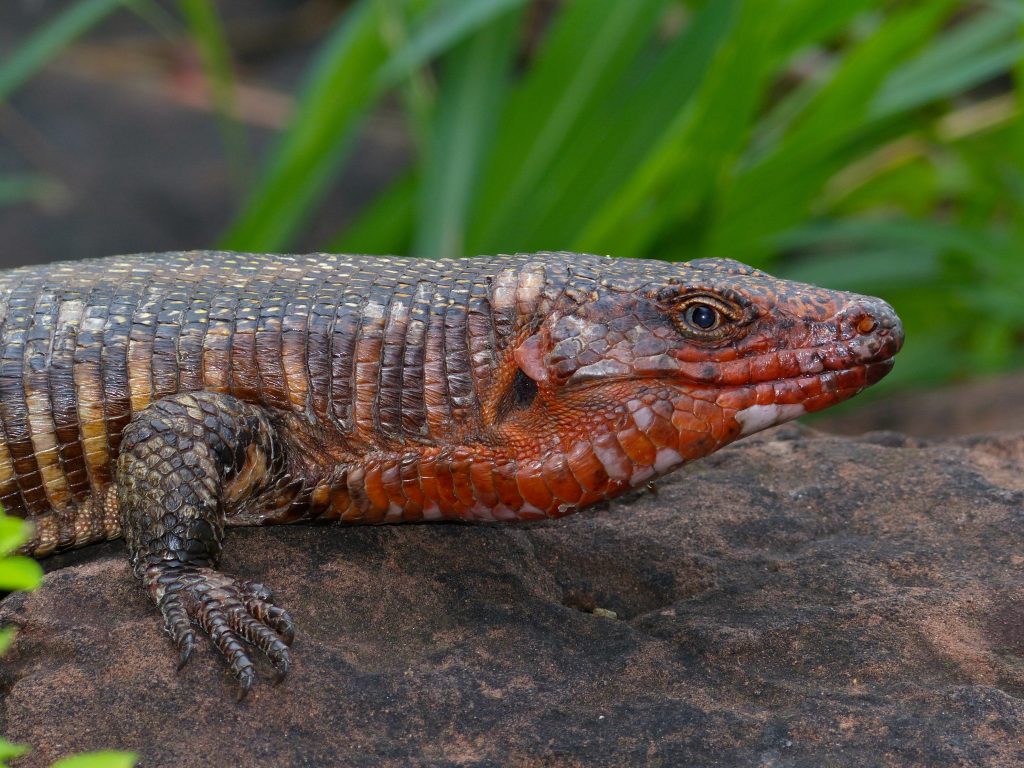
Health and Durability
Giant Plated Lizards are hardy and resilient, but they can be sensitive to poor environmental conditions. With proper care, they can live for 10–15 years or more.
Common Health Issues
- Respiratory Infections: Caused by excessive humidity or poor ventilation.
- Dehydration: Occurs if humidity levels are too low or if they don’t have access to fresh water.
- Parasites: Wild-caught individuals are often prone to internal parasites, so a vet check-up is recommended.
Preventative Care
- Maintain proper temperature and humidity levels.
- Provide a balanced diet and clean water.
- Handle them gently to avoid stress or injury.
Availability and Cost
Giant Plated Lizards are less common in the pet trade compared to other reptiles like Leopard Geckos or Bearded Dragons. Most individuals available are wild-caught, though captive-bred options are becoming more common.
Where to Buy
- Breeders: The best option, as they can provide healthy, well-adjusted lizards.
- Reptile Expos: A great place to meet breeders and see a variety of lizards.
- Pet Stores: Less ideal, but some stores may carry Giant Plated Lizards.
Cost
- Lizard Price: $150 to $300 for standard individuals, with rare morphs potentially costing more.
- Setup Cost: Around $300 to $500 for a proper enclosure, lighting, and supplies.
Pros and Cons
Pros
- Docile and easy to handle once acclimated.
- Low-maintenance compared to other reptiles.
- Unique appearance with armor-like scales.
- Long lifespan (10–15 years or more).
Cons
- Sensitive to environmental changes.
- Require a spacious enclosure and specific lighting.
- Most individuals are wild-caught, which can come with health risks.
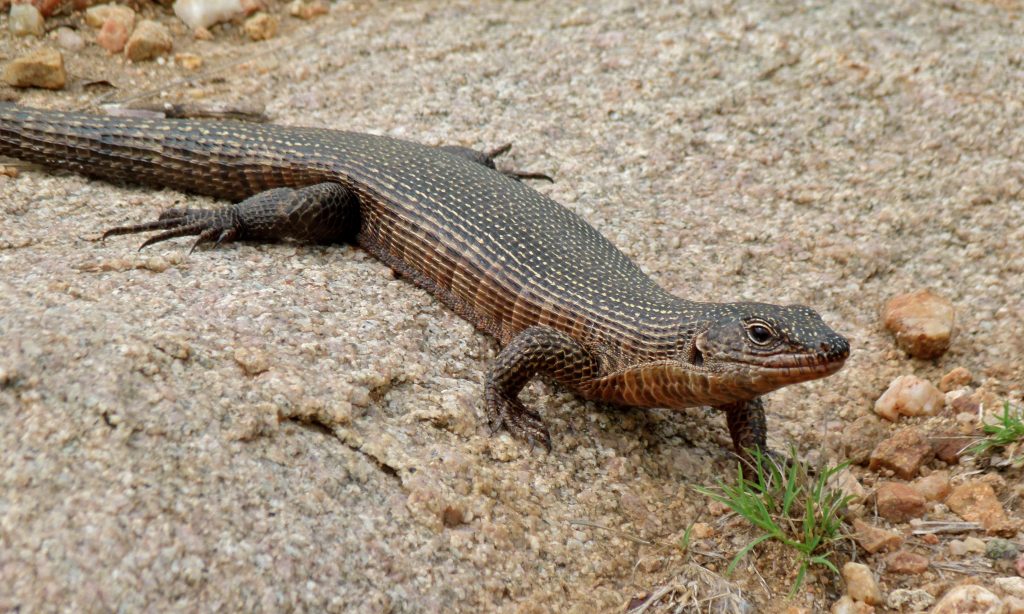
Final Thoughts
The Giant Plated Lizard is a fantastic choice for reptile enthusiasts seeking a unique and rewarding pet. Their calm temperament, striking appearance, and manageable care requirements make them a standout option for both beginners and experienced keepers. However, their specific needs and the challenges associated with wild-caught individuals mean they may not be the right choice for everyone.
If you’re considering a Giant Plated Lizard, we recommend seeking out a captive-bred individual from a reputable breeder. With proper care and attention, these incredible lizards can become a cherished part of your family for many years to come.
Have you owned a Giant Plated Lizard? Share your experiences and tips in the comments below! We’d love to hear how you care for your lizard and what makes them special to you.
For more reptile care tips and reviews, stay tuned to our blog and don’t forget to subscribe to our newsletter! 🦎

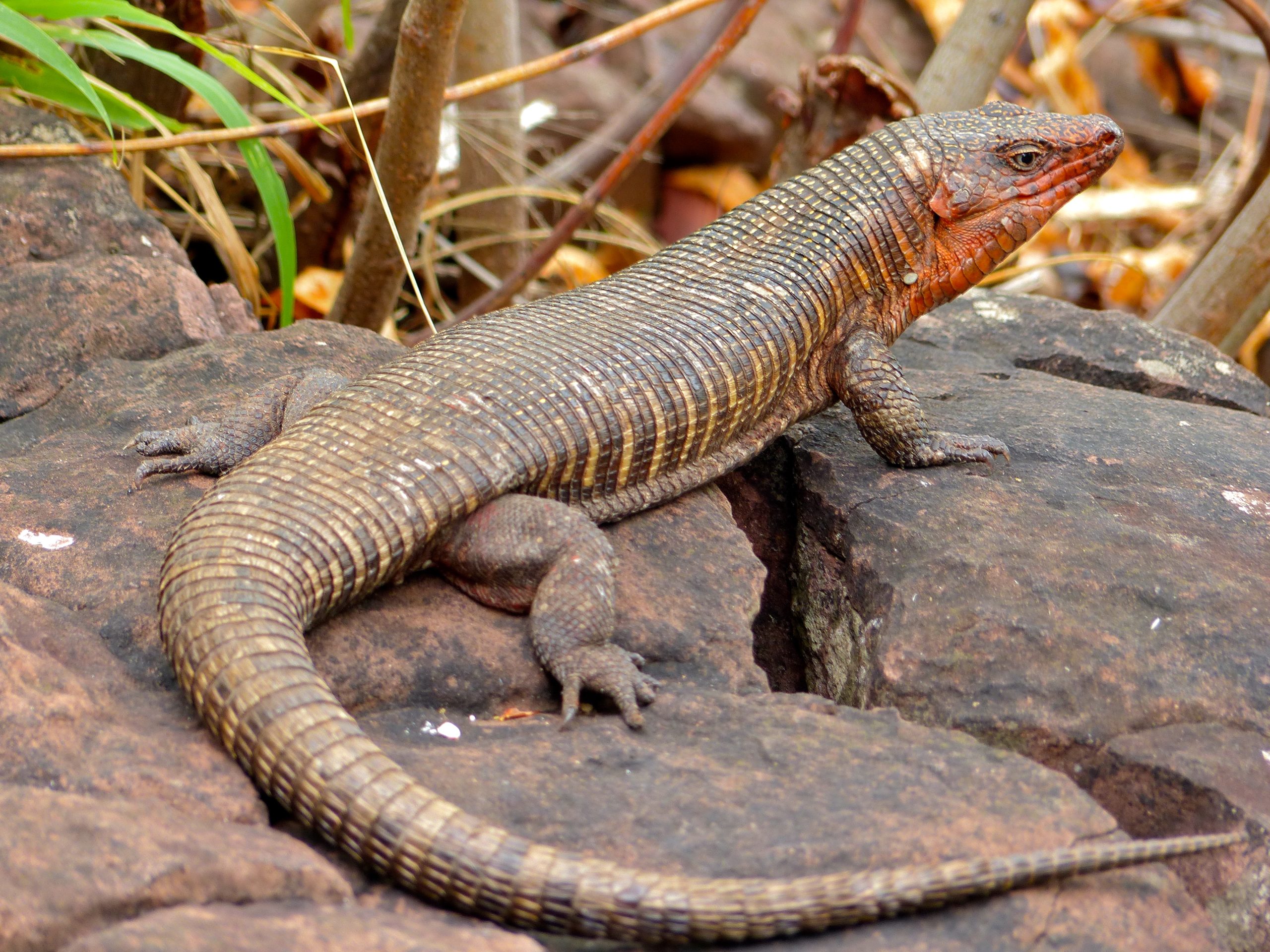

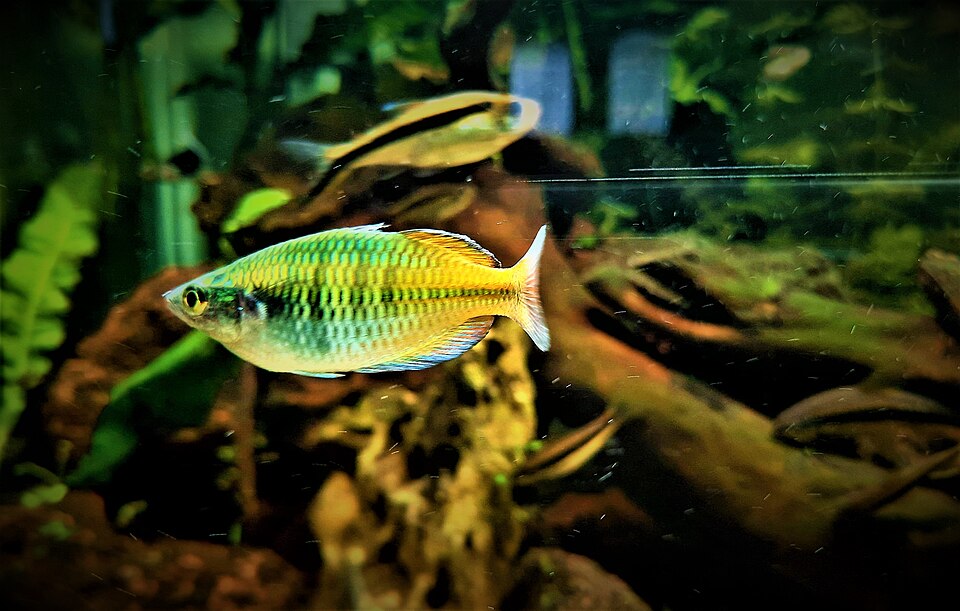
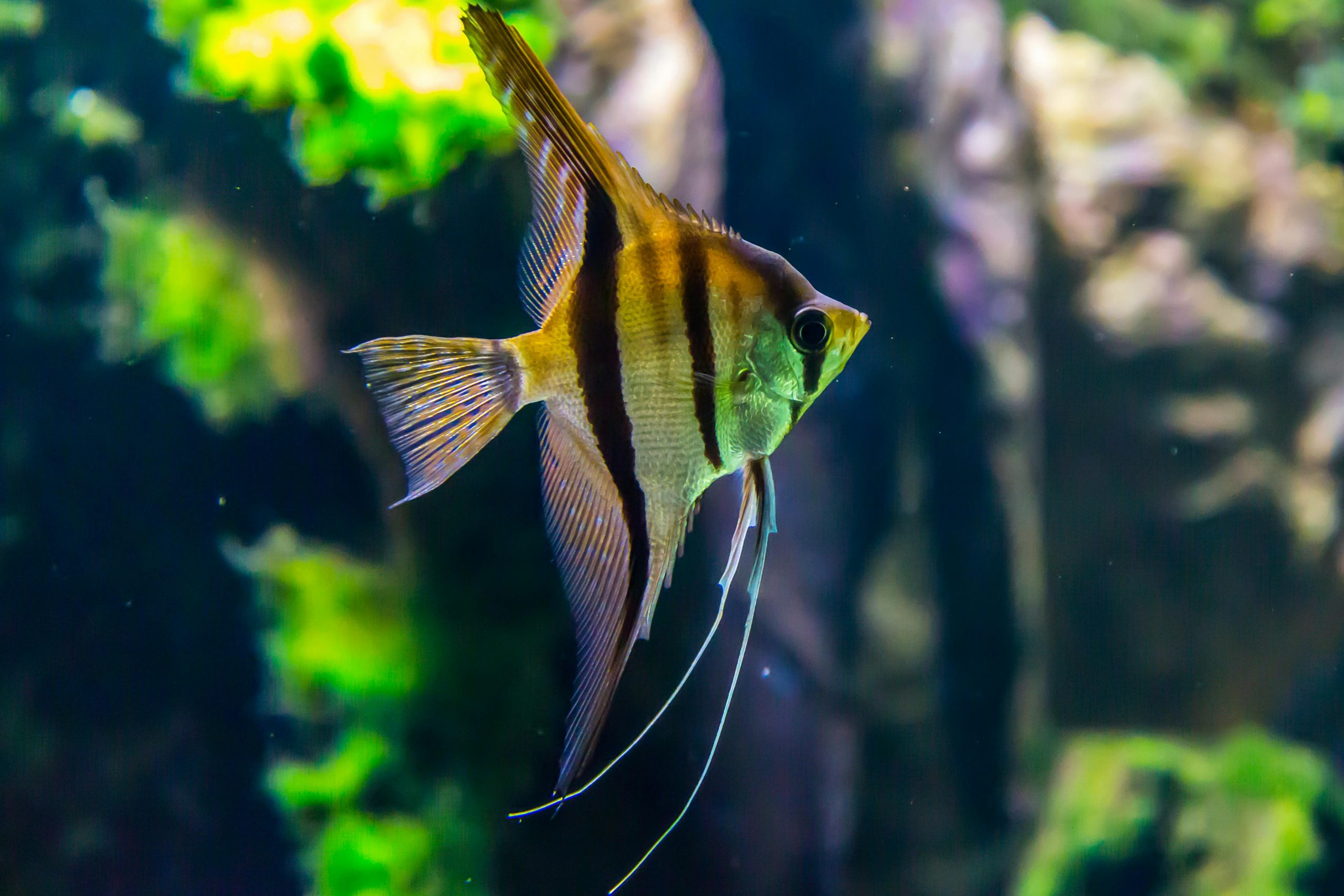
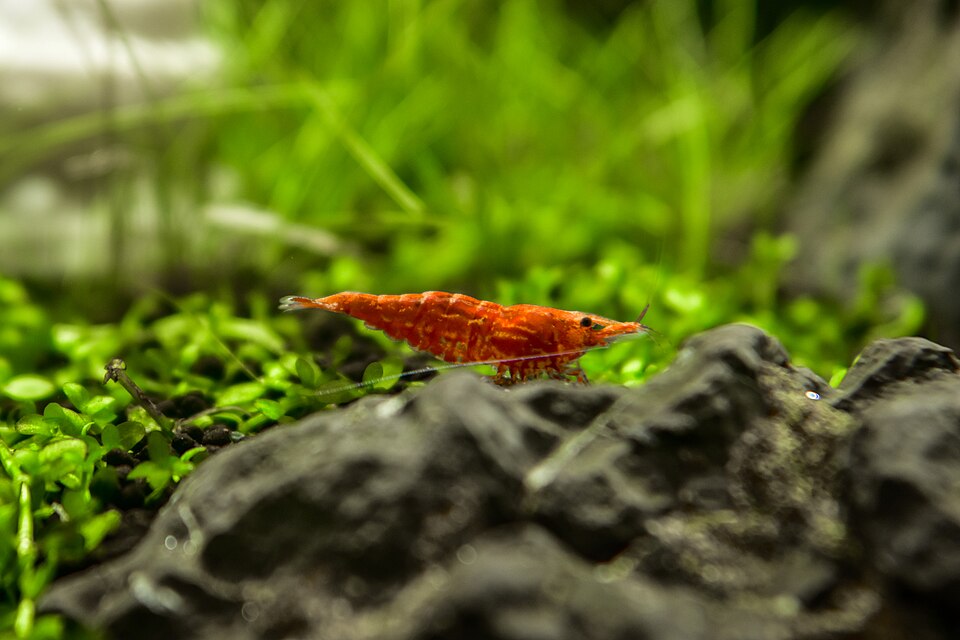

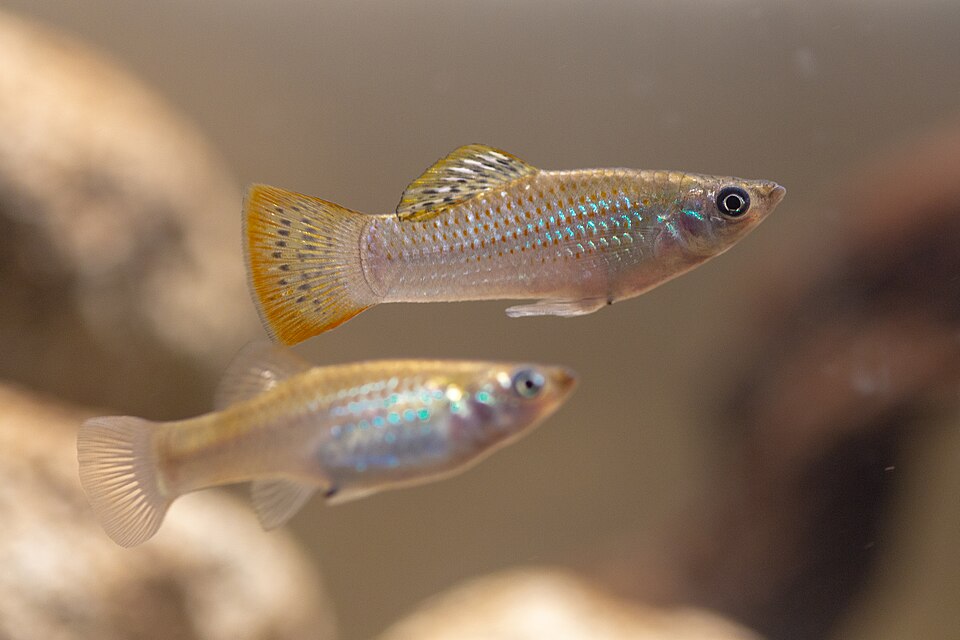
Leave a Reply